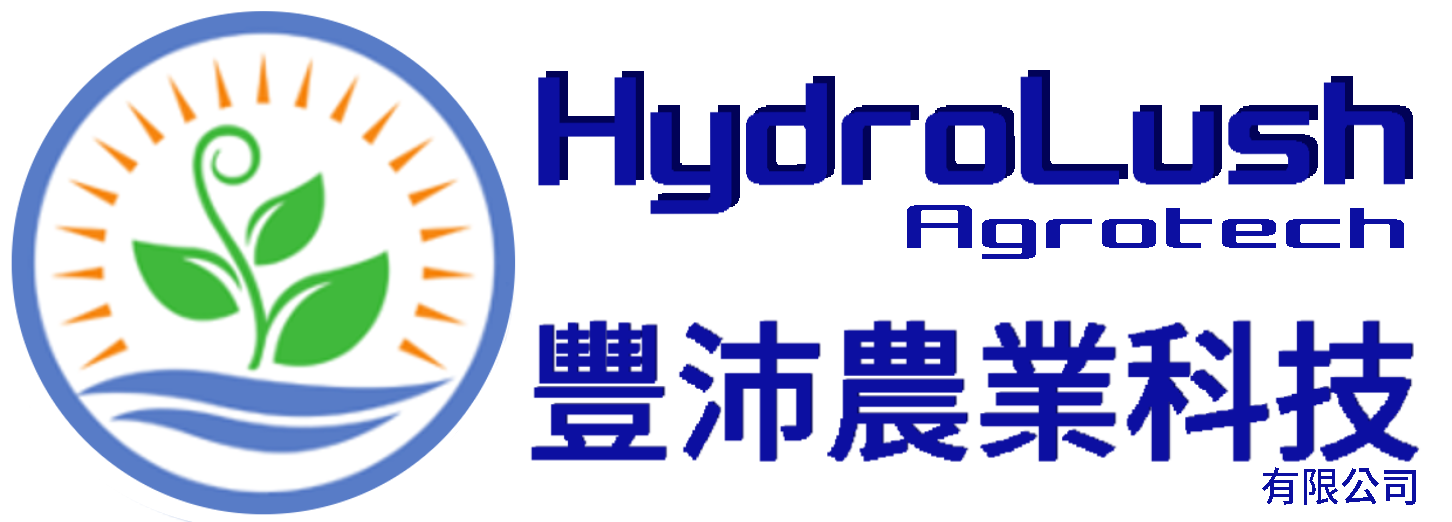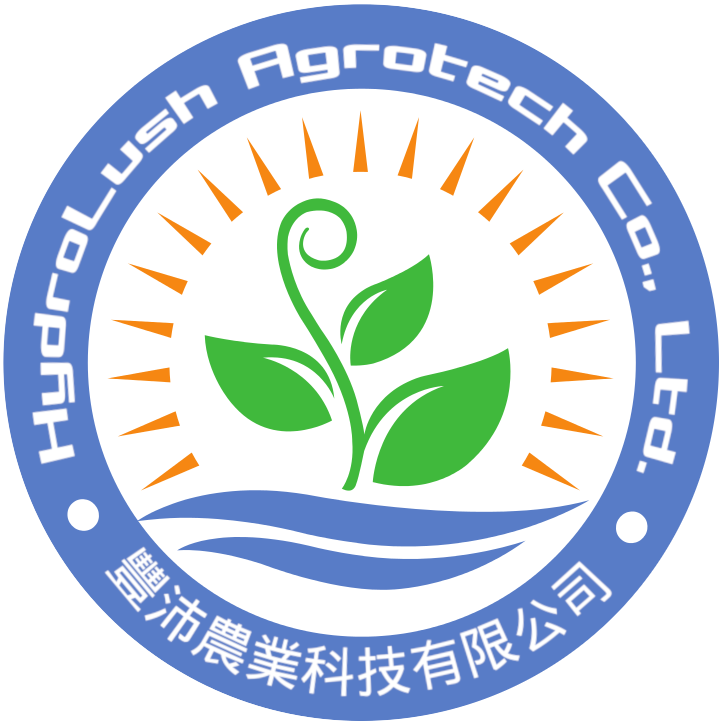Plants require light, nutrients, oxygen and water to grow. Plants use their leaves to absorb light and roots to absorb nutrients, water and oxygen. In traditional soil based farming, the soil contains the various substances needed by the plant for growth. But the plant roots can not directly absorb organic nutrients from the soil. Instead, they rely on microbes in the soil to convert these organic substances into an inorganic form that that can be absorbed by the plant. The are a needed middle step to convert the substances in the soil into a form of nutrients that can be absorbed by the plant. The plants roots then absorb these nutrients and use them for growth. As the plants sprout, grow and develop, their root systems must grow and spread into the soil to find nutrients. Developing these root systems uses time and energy that the plant could use to develop leaves and stalk. Plant growth is constrained by the size of the roots and the ability of those roots and the soil to provide the nutrients to the plant. The root's ability to absorb nutrients also depends on the microbe agents in the soil and their ability to help the plant convert minerals in the soil to usable nutrients for the plant.

Hydroponics is a soilless growing technique that has been developed for many years in commercial green houses and gardening situations around the world. Plants are grown in a inert grow media and water is used to deliver nourishment to resident plants in the system. A nutrient rich solution of water and inorganic minerals is made available to the root mass of the plants. The resident plants synthesize these nutrients, grow and are harvested. The inorganic mineral nutrients are from natural sources and do not require any microbe action to be absorbed by the plants. In this form they are directly absorbed.
Depending on the system used, nutrients may be actively supplied to the plant though a system of tubes and channels with a pump; or they may be passively supplied to the plant by placing it in a position close to the nutrient source so it is able to draw its own nourishment. Over time, different techniques and systems have been developed to improve nutrient solution delivery, making it more efficient and allowing the resident plants to better synthesize the nutrients. The technique used, the nutrient mix and other inputs are generally determined by the type of crop grown, the crop's stage of development, the location, and the preferences of the grower, among other things. Some methods use a grow media to anchor the plants, others do not. Commonly used grow mediums include coco-coir, rockwool, expanded clay, perlite, vermiculite, brick shards, polystyrene packing, peanuts and wood fiber.
Advantages:
While there are many different methods of hydroponic cultivation, basically all methods:
-
allows complete control of the growing environment including macro factors such as light, temperature, air movement, etc.; and micro factors such as nutrient content, pH, ORP, beneficial microbes, etc.;
- nutrient supply to the plant is stable, predictable and reliable, allowing the plant to reach full growth potential;
-
can be used in places where in-soil cultivation or traditional gardening is not possible (desert regions, urban areas or cold climate regions);
-
provides lower water and nutrient costs associated with water and nutrient recycling;
-
faster growth from improved oxygenation in the root area;
-
reduces or eliminates many soil related insects, fungi and bacteria;
-
produces higher crop yields;
-
eliminates weeding and cultivation;
-
hydroponics allows some crops, such as lettuce and strawberries to be lifted from ground level to a much better height for planting, cultivation and harvesting; providing much better working conditions and lower labor inputs;
-
eliminates the need for crop rotation and fallowing;
-
reduces transplant shock.

Hydroponic Growing Systems
Hydroponic systems can be categorized into basically three main types:
-
Recirculating Systems – where nutrients are fed to the plants and then recycled back into a central reservoir. The same nutrient solution is recirculated to the plants again and again until the nutrient is eventually dumped and replaced with fresh nutrient.
-
Run-to-Waste (RTW) or Drain-to-Waste (DTW) systems - Regulated doses of nutrient solution are fed to the resident plants. Only a small amount of runoff drains from the grow medium. The runoff is drained away from the plants and is never fed to the plants again. Nutrients are not recycled. (RTW) grow mediums retain a high amounts of moisture for an extended period of time and have fluid retention rates similar to those of soil. Feedings are smaller and not as frequent as in a recycling system feedings.
-
Deep Water Culture (DWC) and Wick Feeding - The roots of resident plants are suspended into a heavily oxygenated nutrient solution pool or reservoir. Roots require a high oxygenation to properly process the nutrients and water. If the root mass were put into a nutrient solution without providing oxygen to the roots, the root system would become starved of oxygen and decay and die. In other systems, a wick material is used as a delivery path to transfer nutrient solution from the reservoir to the root mass.Plants then uptake the nutrient through a capillary action that occurs naturally in the growing medium.

Types of Grow Medium
Coconut Coir - an organic fiber processed from coconut husk. The husk protects the coconut seed and flesh from sun and salt damage. The husk acts as a great growing medium for the coconut to germinate by providing a great hormone rich and fungus free medium for plants. In the same way that it helps the coconut to germinate, it helps seeds and seedlings to start strong. Coco coir has a great air to water ratio and it’s completely renewable.
Advantages:
extremely high water retention and breath-ability;
has a very strong cation exchange ability. The medium can hold and release nutrient elements according to the plant’s needs and the prevailing conditions in the medium;
contains natural occurring nutrients and growth hormones;
usually organic, bio-degradable and sustainable.
Special Considerations:
Due to high levels of sodium and other impurities, coir should be well conditioned (flushed, soaked and buffered) before use to remove sodium and impurities.
Large amounts of potassium are naturally present in coco coir. Potassium competes with Calcium and Magnesium. For this reason, buffering and plant nutrition need to compensate for this. There are several nutrients that are specifically formulated with coco coir’s unique characteristics in mind.

Synthetic Fiber - Great and efficient media for hydroponics. Inert media that has extremely long life.
Advantages:
Holds structure for a long time;
recyclable.
Disadvantages:
Does not retain water well;
not bio-degradable.
Rockwool - round basalt rock that is heated then spun into threads making wool.
Advantages:
Very light, clean and sterile. Rockwool has great water/oxygen ratio to promote optimum root growth.
Grower is able determine and control the exact level of nutrients for the plant because the medium itself does not provide any nutrients.
Special Considerations:
Usually with high pH - should be flushed and buffered before use.

Expanded Clay Pellets - made by expanding clay to form round balls of porous material. They release almost no nutrients into the water stream and are pH neutral. In addition, their spherical shape and porousness help to ensure a good oxygen/water balance so as not to overly dry or drown the roots.
Advantages:
Reusable;
pH Neutral;
do not compact;
Disadvantages:
Drain and dry very fast, roots may dry out;
Strip mined (environmental concerns)


